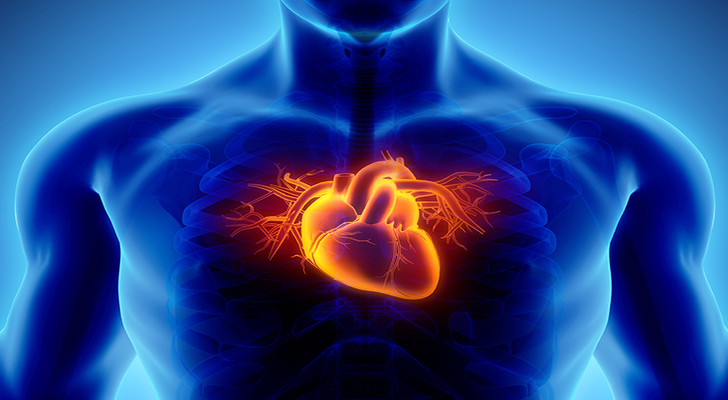
The early signs of heart failure can be subtle. With advancing age, overall body function may slow, and tasks such as climbing stairs can feel more demanding than before. Reports of exhaustion and dyspnea are frequently described in association with cardiac conditions. Heart failure is generally discussed as resulting from processes that impair the heart muscle or reduce pumping efficiency. Commonly cited contributors include prior myocardial infarction and coronary heart disease. Familial predisposition, long-standing high blood pressure, and structural valve abnormalities are also described in the literature.

Educational materials sometimes summarize early features with the abbreviation FACES. F means fatigue. When cardiac output and oxygen delivery are lower than usual, people often report tiredness. A stands for activity limitation. Individuals living with heart failure frequently describe reduced tolerance for routine tasks, accompanied by dyspnea. C means congestion. Accumulation of fluid in the lungs is associated with cough, rattling sounds, and shortness of breath. E is Edema, referring to swelling, commonly noted around the ankles.

When venous return from the lower limbs is less efficient, fluid may collect in various body regions. Such retention can be accompanied by a rapid increase in body weight. S stands for shortness of breath. Fluid within the lungs can interfere with gas exchange. Some people note that breathing becomes more difficult when lying down, which has been attributed to shifts in fluid distribution.

The above features do not by themselves establish a diagnosis; they are described as potential indicators in educational sources. Alongside physical examination, an echocardiogram is commonly referenced in clinical discussions. When the measured proportion of blood ejected during left ventricular contraction (ejection fraction) is reduced, it suggests impaired myocardial function. Additional descriptive findings in heart failure can include cardiac enlargement and valve abnormalities.

Another element in many evaluations is the measurement of circulating biomarkers, such as B-type natriuretic peptide, which increases in response to cardiac wall stress. After an initial identification of possible heart failure, further assessments are often discussed in the literature to clarify contributing factors and to characterize the condition in more detail.

People living with this condition may be exposed to multiple therapies over time, and interactions among medications are described in clinical references. Nonsteroidal anti-inflammatory drugs (NSAIDs), a class of pain relievers, are reported to worsen signs and symptoms of heart failure in some individuals by promoting sodium and fluid retention.

Over-the-counter heartburn and cold remedies may contain notable amounts of sodium, which is associated with fluid retention. Herbal products containing St. John’s wort, ginseng, ephedra, black cohosh, hawthorn, or green tea have been reported to interact with certain cardiac medications in published sources.
Learn more about heart failure at American Heart Association.

